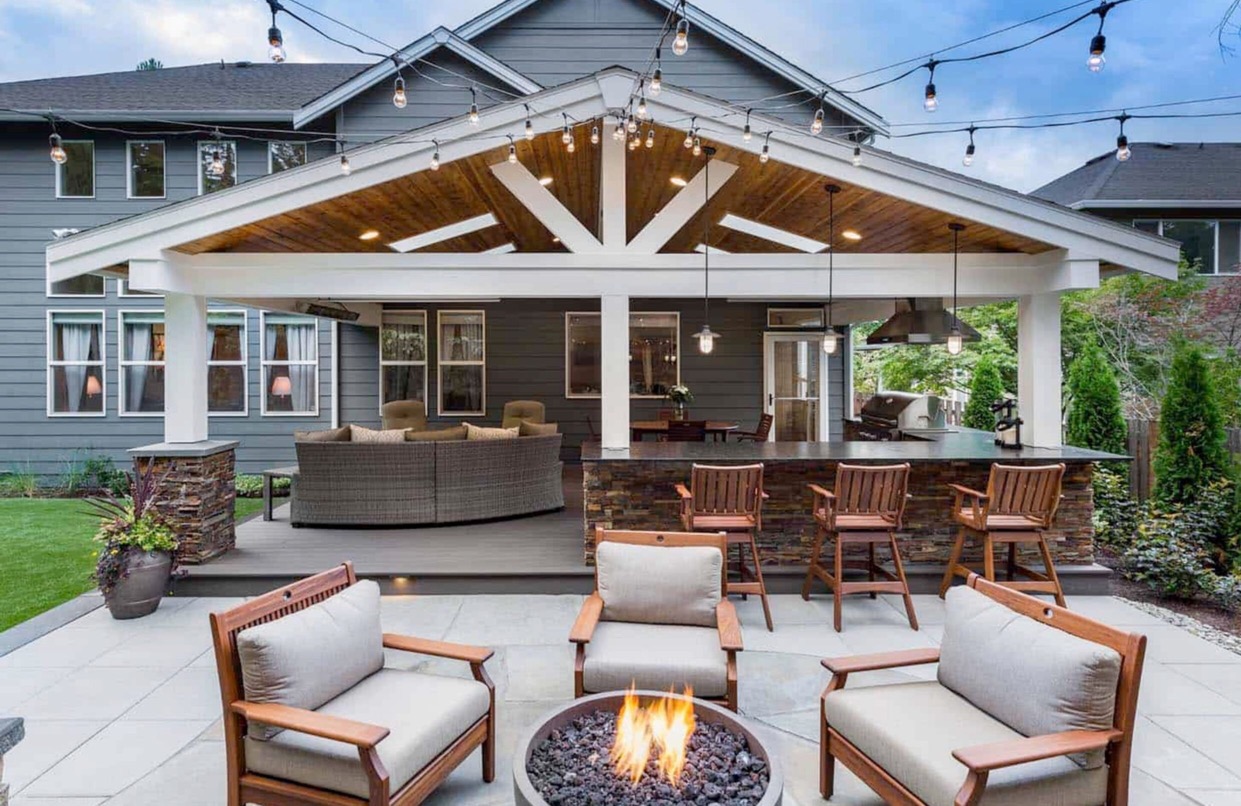

Articles
Outdoor Entertaining Spaces
Modified: January 8, 2024
Discover creative and inspiring outdoor entertaining spaces with our articles. Transform your backyard into the perfect area for hosting guests and enjoying the outdoors.
(Many of the links in this article redirect to a specific reviewed product. Your purchase of these products through affiliate links helps to generate commission for Storables.com, at no extra cost. Learn more)
Introduction
Welcome to the world of outdoor entertaining spaces, where friends and family come together to create lasting memories. Whether you have a sprawling backyard or a small balcony, having a dedicated space for outdoor entertaining can transform your home and elevate your gatherings to a whole new level.
Outdoor entertaining spaces are not just a luxury; they provide a multitude of benefits. They allow you to extend your living space and make the most out of your outdoor area. It’s a place where you can relax, unwind, and enjoy the beauty of nature while spending quality time with your loved ones.
In this article, we will explore the importance of outdoor entertaining spaces and provide you with helpful tips on how to plan, design, and create your own extraordinary outdoor oasis. So, let’s dive in and discover the endless possibilities that await!
Key Takeaways:
- Embrace the beauty of nature and create a functional outdoor entertaining space that fosters relaxation, enjoyment, and lasting memories with carefully planned design, natural elements, and thoughtful maintenance.
- Elevate your gatherings with friends and family by designing an outdoor entertaining space that balances functionality, aesthetics, and personal style, while prioritizing socialization, connection with nature, and ongoing upkeep.
Importance of Outdoor Entertaining Spaces
Outdoor entertaining spaces hold great significance in enhancing the overall lifestyle and functionality of your home. Here are some key reasons why these spaces are becoming increasingly popular:
- Socialization and Bonding: Having an outdoor entertaining space creates a welcoming atmosphere, encouraging social interaction and fostering strong relationships with friends and family. It provides an ideal setting for hosting gatherings, parties, and barbecues, where everyone can come together and enjoy each other’s company.
- Connection with Nature: Spending time outdoors has numerous benefits for our well-being. By having an outdoor entertaining space, you can immerse yourself in nature’s beauty, breathe in fresh air, and indulge in the calming effects of natural elements. It allows you to escape the confines of indoor spaces and enjoy the sights, sounds, and scents of the outdoors.
- Expanding Living Space: Your outdoor area can serve as an extension of your indoor living space. By transforming it into a functional and stylish entertaining area, you effectively increase your usable square footage. This can be particularly advantageous when hosting large gatherings or if you have a smaller home with limited indoor entertaining space.
- Enhancing Property Value: Well-designed and well-maintained outdoor entertaining spaces can significantly increase the value of your property. Potential homebuyers are often drawn to houses with attractive outdoor areas that provide opportunities for relaxation and entertainment. Investing in your outdoor space can yield a high return on investment in terms of both monetary value and enjoyment.
- Improving Mental and Physical Health: Spending time outdoors has been linked to various health benefits, including improved mood, reduced stress levels, and increased vitamin D intake. By creating an inviting outdoor entertaining space, you are setting the stage for outdoor activities, exercise, and relaxation, all of which contribute to a healthier lifestyle.
Now that we understand the importance of outdoor entertaining spaces, let’s delve into the key factors to consider when planning and designing your own outdoor oasis.
Planning and Designing Your Outdoor Space
Before diving into the exciting process of designing your outdoor entertaining space, it’s important to take the time to plan and consider your specific needs and preferences. Here are some key steps to help you create a well-designed and functional outdoor space:
- Assess Your Space: Begin by assessing the size and layout of your outdoor area. Take note of any existing features, such as trees, fences, or water features, which may impact your design choices. Consider the overall style and aesthetic you want to achieve and take into account any specific activities you plan to incorporate into your outdoor space.
- Determine Your Purpose: Think about how you envision using your outdoor space. Do you want a cozy lounge area for relaxation? Are you interested in hosting large gatherings or intimate dinner parties? Understanding the primary purpose of your outdoor space will guide your design decisions.
- Create Zones: Divide your outdoor space into functional zones based on different activities. For example, you might have a dining area, a lounge area with comfortable seating, and a separate area for outdoor games or a fire pit. This zoning creates a sense of organization and ensures that each area is optimized for its intended use.
- Select Appropriate Furniture: Choose furniture that is durable, weather-resistant, and comfortable. Opt for pieces that complement your personal style and the overall design of your outdoor space. Ensure that the seating and dining arrangements provide ample room for guests and allow for easy movement between different zones.
- Incorporate Greenery: Greenery adds life and vibrancy to your outdoor space. Incorporate plants, shrubs, and flowers to create a lush and inviting atmosphere. Consider the maintenance requirements of different plant species and choose ones that thrive in your local climate.
- Add Personal Touches: Infuse your outdoor space with personal touches that reflect your style and interests. This could include artwork, decorative lighting, outdoor rugs, throw pillows, or even a custom-built bar or kitchen area. These elements will add character and make the space feel uniquely yours.
- Consider Privacy: Depending on your location and proximity to neighbors, you may want to incorporate privacy solutions into your design. Utilize fencing, hedges, trellises, or retractable screens to create a sense of seclusion and enhance the intimate atmosphere of your outdoor space.
- Seek Professional Advice: If you are unsure about the design process or need assistance in bringing your vision to life, consider consulting with a professional landscaper or outdoor designer. They can provide valuable expertise and help you maximize the potential of your outdoor entertaining space.
By following these steps and taking the time to carefully plan and design your outdoor space, you can create a remarkable area that caters to your individual needs and provides a seamless transition between indoor and outdoor living.
Furniture and Layout Options
When designing your outdoor entertaining space, selecting the right furniture and layout is crucial to creating a comfortable and inviting atmosphere. Here are some options and considerations to keep in mind:
- Seating: Choose seating options that are suitable for the activities you plan to enjoy in your outdoor space. Consider a combination of versatile pieces, such as lounge chairs, sofas, dining chairs, and benches. Opt for weather-resistant materials like aluminum, teak, or outdoor wicker that can withstand exposure to the elements.
- Dining Area: If you enjoy outdoor dining, create a dedicated space for meals with a weatherproof dining table and chairs that can accommodate your desired number of guests. Consider the shape and size of your table based on the available space and choose comfortable chairs with durable materials.
- Comfort and Cushions: Ensure that your seating options are comfortable by adding cushions and pillows. Look for cushions that are specifically designed for outdoor use and can withstand moisture and sun exposure. Consider incorporating a variety of colors and patterns to add visual interest to your outdoor space.
- Modular and Multi-functional Furniture: To maximize flexibility and adaptability, consider modular and multi-functional furniture options. For example, modular sectional sofas can be rearranged to suit different seating arrangements, and coffee tables with hidden storage can provide additional functionality.
- Layout: When planning the layout of your outdoor space, consider the flow and accessibility of different areas. Ensure that there is enough space for movement and that guests can easily navigate between seating, dining, and other activity areas. Pay attention to the placement of furniture in relation to focal points such as fire pits, water features, or beautiful views.
- Shade Options: Depending on your climate, it’s important to provide shade options to protect from the sun’s heat and harmful UV rays. Consider incorporating umbrellas, pergolas, or shade sails into your design to create comfortable and shaded areas for relaxation and dining.
- Accessorize: Don’t forget to add some finishing touches to your furniture arrangement. Incorporate side tables for convenience, outdoor rugs to define different zones, and decorative accents such as lanterns, outdoor artwork, or potted plants to add personality and style to your outdoor space.
By carefully selecting furniture pieces that align with your needs, style preferences, and the available space, you can create a functional and visually appealing outdoor entertaining area where you and your guests can relax and enjoy each other’s company.
Lighting and Ambiance
Lighting plays a crucial role in creating the right ambiance and enhancing the overall atmosphere of your outdoor entertaining space. Here are some key tips to consider when incorporating lighting into your design:
- Ambient Lighting: Start by establishing a base level of ambient lighting to ensure safety and visibility in your outdoor space. This can be achieved through overhead lighting, such as recessed lights or pendant lights attached to a pergola or overhead structure.
- Task Lighting: Incorporate task lighting in specific areas where focused light is needed. For example, install wall-mounted sconces or hanging pendant lights above outdoor kitchen counters or dining tables to provide ample illumination for food preparation and dining.
- Accent Lighting: Use accent lighting to highlight architectural features, plants, or artwork in your outdoor space. This can be achieved with the use of spotlights, uplights, or well lights strategically placed to create focal points and add depth and visual interest.
- Pathway Lighting: Ensure safe navigation through your outdoor space by integrating pathway lighting. Use low-voltage landscape lights or solar-powered stake lights to illuminate walkways, steps, and entrances, making it easier for guests to move around your space, even after the sun sets.
- String Lights: Add a touch of charm and create a warm and inviting ambiance by incorporating string lights. Hang them across your outdoor space, intertwine them with tree branches or pergola slats, or drape them along fences or walls. These lights bring a cozy and magical atmosphere to your gatherings.
- Candlelight: For a romantic and intimate ambiance, consider using candles or lanterns. Place them on dining tables, coffee tables, or along pathways to create a soft and enchanting glow. Opt for flameless candles for added safety and longevity.
- Smart Lighting: Embrace technology by using smart lighting systems that allow you to control the brightness, color, and timing of your outdoor lights. This enables you to create different moods and tailor the lighting to suit various occasions and preferences.
- Dimmers and Timers: Install dimmers or timers for added convenience and energy efficiency. Dimmers allow you to adjust the lighting intensity to create different atmospheres, while timers can automatically turn on or off the lights at designated times, ensuring your outdoor space is illuminated when needed.
By carefully selecting and layering different types of lighting, you can create a captivating and versatile outdoor environment that accommodates various activities and evokes a sense of relaxation and enjoyment. Experiment with different lighting effects to find the perfect balance that suits your personal style and enhances the ambiance of your outdoor entertaining space.
Outdoor Cooking and Dining Areas
One of the highlights of outdoor entertaining is the ability to cook and dine al fresco. Creating a dedicated outdoor cooking and dining area can elevate your culinary experiences and provide a memorable gathering spot for family and friends. Here are some essential considerations when designing these areas:
- Outdoor Kitchen: If you enjoy cooking outdoors, consider installing a fully equipped outdoor kitchen. This can include features such as a built-in grill, countertops, a sink, a refrigerator, storage cabinets, and even a pizza oven or a smoker. By mimicking the functionality of an indoor kitchen, you can prepare meals without having to constantly run back and forth inside.
- Grilling Station: For those who prefer a simpler setup, a grilling station can be a fantastic addition to your outdoor space. Invest in a high-quality grill that suits your cooking style and the size of your gatherings. Ensure it has ample prep space and storage for utensils and ingredients.
- Outdoor Dining Furniture: Choose durable and weather-resistant dining furniture for your outdoor eating area. Opt for a dining table that comfortably accommodates your expected number of guests and select chairs or benches that are comfortable for extended periods. Consider materials such as teak, aluminum, or wrought iron that can withstand outdoor conditions.
- Shade and Protection: Incorporate some form of shade or protection in your outdoor cooking and dining area. This can be achieved with a pergola, an umbrella, a retractable awning, or a shade sail. Not only will these additions provide relief from the sun, but they will also create a cozy and inviting atmosphere.
- Storage Solutions: Keep your outdoor cooking and dining area organized by incorporating adequate storage options. This can include cabinets, drawers, or outdoor storage containers to house cookware, utensils, and other essentials. Staying organized will make meal preparation and clean-up a breeze.
- Fire Pit or Outdoor Fireplace: To add warmth and charm to your outdoor dining area, consider incorporating a fire pit or outdoor fireplace. These features create a cozy ambiance and extend the usability of your outdoor space into the cooler evenings. Gather around the fire with your loved ones and indulge in conversation and s’mores.
- Outdoor Bar: For those who enjoy mixing cocktails or serving beverages outdoors, a dedicated outdoor bar area can be a fantastic addition. Install a bar counter, sink, storage for glassware, and a built-in or portable ice maker. Add bar stools for seating and create a space where guests can gather and enjoy drinks together.
- Accessories and Décor: Don’t forget to accessorize and decorate your outdoor cooking and dining areas to add personality and style. Incorporate outdoor-friendly tableware, cushions and pillows for added comfort, string lights for ambiance, and decorative accents that reflect your personal taste and create a welcoming atmosphere.
By designing a well-equipped and inviting outdoor cooking and dining area, you can transform your outdoor space into a culinary haven. Create lasting memories as you savor delicious meals and engage in lively conversations with family and friends.
When designing outdoor entertaining spaces, consider the natural flow of your backyard and create designated areas for dining, lounging, and socializing. This will help maximize the functionality and comfort of the space for you and your guests.
Outdoor Entertaining Activities and Games
Outdoor entertaining is not just about dining and relaxation; it’s also a great opportunity to engage in fun activities and games that keep your guests entertained. Here are some outdoor activities and games that can add excitement and enjoyment to your gatherings:
- Lawn Games: Set up a variety of classic lawn games, such as croquet, bocce ball, cornhole, horseshoes, or ladder toss. These games are easy to set up and can be enjoyed by guests of all ages. They create a friendly competition and encourage laughter and interaction.
- Giant Yard Games: For a larger-than-life experience, consider incorporating giant yard games into your outdoor entertaining space. Giant Jenga, Connect Four, or chess sets are popular options that provide a unique and engaging experience for your guests.
- Sports Activities: If you have enough space, consider setting up a mini sports area where guests can play volleyball, badminton, soccer, or basketball. These activities are not only fun but also promote physical fitness and friendly competition among guests.
- Water Games and Activities: If you have access to a pool or a nearby body of water, provide inflatable rafts, water games, and water toys for your guests to enjoy. This can include water volleyball, water basketball, floating loungers, or even a slip and slide for added excitement.
- Outdoor Movie Night: Create a cozy outdoor cinema experience by setting up a movie projector and a large screen. Set up seating with blankets, pillows, and comfortable chairs. Enhance the ambiance with string lights, popcorn, and snacks for a memorable movie night under the stars.
- Kids’ Play Area: If you have little ones at your gatherings, create a dedicated kids’ play area with age-appropriate games, toys, and activities. This can include a play structure, sandbox, swings, or even a mini-garden where kids can explore and learn about nature.
- Music and Dancing: Create a festive atmosphere by incorporating music and dancing into your outdoor entertaining space. Set up speakers or a portable sound system and create playlists that cater to different moods and preferences. Encourage your guests to dance and let loose on a designated dance floor.
- Outdoor Cooking and Mixology Classes: If you want to add a unique twist to your gatherings, consider hosting outdoor cooking or mixology classes. Hire a professional chef or mixologist to teach your guests new recipes or cocktail techniques. This not only provides entertainment but also offers an opportunity to learn new skills.
By including these outdoor entertaining activities and games, you can ensure that your gatherings are filled with laughter, excitement, and joyful memories. Tailor the activities to the preferences and ages of your guests to create an unforgettable and enjoyable experience for everyone.
Incorporating Natural Elements
When designing your outdoor entertaining space, incorporating natural elements can help create a harmonious and peaceful atmosphere that connects you with the beauty of nature. Here are some ways to incorporate natural elements into your outdoor space:
- Plants and Flowers: Integrate plants and flowers throughout your outdoor area to add color, texture, and life. Choose a variety of plant species that complement your climate and personal preferences. Use potted plants, hanging baskets, or vertical gardens to optimize space and create a lush and inviting ambiance.
- Water Features: Incorporate water features such as fountains, ponds, or waterfalls to introduce the soothing sound of running water into your outdoor space. The movement and glistening reflection of water can create a tranquil atmosphere and serve as a focal point for relaxation and meditation.
- Natural Materials: Utilize natural materials such as stone, wood, or bamboo in your outdoor space. Construct pathways, patios, or seating areas with natural stone pavers or create wooden decks or pergolas. These materials blend seamlessly with the surrounding environment and add a touch of authenticity.
- Fire Pit or Fire Bowl: Incorporate a fire pit or fire bowl into your outdoor space to create a warm and cozy gathering spot. Gather around the fire with your guests, roast marshmallows, and enjoy the crackling flames. Opt for a design that complements the natural aesthetic of your space.
- Natural Shade Solutions: Instead of utilizing man-made shade structures, consider using natural shade solutions. Plant trees strategically to provide shade during sunny hours, or utilize climbing plants to create a shaded arbor or pergola. These elements not only provide relief from the sun but also enhance the natural beauty of your outdoor area.
- Wildlife-Friendly Features: Attract birds, butterflies, and other friendly wildlife to your outdoor space by incorporating bird feeders, birdhouses, or butterfly gardens. Create a balanced ecosystem that encourages biodiversity and allows you to experience the wonders of nature up close.
- Natural Art and Sculptures: Enhance the visual appeal of your outdoor space by incorporating natural art and sculptures. This could include driftwood sculptures, stone or metal artwork, or even a living wall made of succulents or moss. These elements add a unique and artistic touch while celebrating the beauty of natural forms.
- Edible Gardens: Consider incorporating an edible garden into your outdoor space, whether it’s a small herb garden, a vegetable patch, or fruit trees. Not only will this provide fresh and organic produce for cooking and dining, but it will also enhance the sense of connection to the earth and the natural cycles of growth and abundance.
By incorporating these natural elements, you can create a serene and inviting outdoor environment that fosters relaxation, rejuvenation, and a deeper connection with nature. Embrace the beauty of the natural world and let it inspire and uplift your outdoor entertaining space.
Privacy and Shade Solutions
Privacy and shade are essential elements to consider when designing your outdoor entertaining space. They ensure a comfortable and intimate atmosphere, allowing you and your guests to relax and enjoy your outdoor oasis. Here are some privacy and shade solutions to incorporate into your design:
- Fencing: Install a fence around your outdoor space to create a sense of privacy and enclosure. Choose a fence type that complements the overall style of your home, be it a wooden fence for a rustic look or a modern metal fence for a contemporary feel. Ensure it provides the desired level of privacy without obstructing any scenic views.
- Green Screens: Incorporate green screens or living walls into your design. These can be created using climbing plants, trellises, or vertical gardens. Not only do they provide privacy, but they also add beauty and natural aesthetics to your space, creating a lush backdrop for your outdoor entertaining area.
- Retractable Screens: Consider installing retractable screens or curtains around your outdoor space. These can be easily opened or closed to provide privacy when desired. They also offer flexibility, allowing you to control the level of sunlight and airflow and creating a cozy and secluded atmosphere.
- Pergolas and Arbors: Pergolas and arbors not only add architectural interest to your outdoor space but also provide a means for shade and privacy. Plant climbing vines or use retractable shading systems to cover the top of the structure. This creates a shaded area and adds a touch of intimacy to your outdoor entertaining space.
- Shade Sails: Install shade sails over specific areas of your outdoor space to provide protection from the sun and create shady retreats. These can be easily adjusted or removed as needed and come in various shapes and sizes, allowing you to customize the shade coverage based on your preferences.
- Umbrellas and Canopies: Use umbrellas or canopies to provide shade and privacy in specific seating or dining areas. Opt for larger umbrellas or adjustable canopies that can be tilted or rotated to block the sun’s rays and ensure optimal shade throughout the day.
- Landscaping: Strategically incorporate trees, shrubs, and plants into your landscaping design to create natural shade and privacy buffers. Plant tall evergreen hedges or install bamboo screens along the perimeter of your outdoor space to block unwanted views and create a secluded and tranquil ambiance.
- Portable Dividers and Screens: For added flexibility, use portable dividers or folding screens to create privacy zones within your outdoor space. These can be positioned as needed to block specific views or to create separate areas for different activities or groups of guests.
By integrating privacy and shade solutions into your outdoor entertaining space, you can create a serene and secluded retreat where you and your guests feel comfortable and protected from prying eyes and excessive heat. Choose the options that best suit your preferences, budget, and the overall aesthetics of your outdoor area.
Read also: 15 Incredible Outdoor Cooktop For 2024
Maintenance and Upkeep
Creating a stunning and functional outdoor entertaining space is just the beginning. To ensure its longevity and continued enjoyment, proper maintenance and upkeep are essential. Here are some key tips to help you maintain and care for your outdoor space:
- Regular Cleaning: Keep your outdoor space clean by regularly sweeping or hosing down surfaces. Remove debris, fallen leaves, and dirt from furniture, pathways, and other areas. This not only keeps the space looking tidy but also helps prevent damage to surfaces and furniture.
- Inspect and Repair: Regularly inspect your outdoor entertaining space for any signs of wear, damage, or deterioration. Check for loose screws or fasteners, worn-out cushions, cracks in furniture or surfaces, and any potential safety hazards. Repair or replace any damaged components promptly to maintain the safety and functionality of your space.
- Seasonal Maintenance: Different seasons may require specific maintenance tasks. For example, in colder climates, you may need to protect plants, drain water features, and store outdoor furniture during winter months. In warmer climates, regular watering, pruning, and pest control may be necessary year-round.
- Stain and Seal: If your outdoor space includes wooden surfaces, such as decks or furniture, regularly stain and seal them to protect against moisture, UV damage, and decay. Follow the manufacturer’s guidelines for the appropriate stain or sealer and reapply as necessary.
- Proper Storage: When not in use, store outdoor cushions, pillows, and other textiles in a dry and protected area to prevent mold or mildew growth. Consider investing in storage bins or covers specifically designed for outdoor furniture to safeguard them from the elements.
- Irrigation and Watering: Proper irrigation and watering are crucial for maintaining healthy plants and lawn areas. Set up a reliable irrigation system or ensure regular watering to meet the specific needs of your landscape. Adjust watering schedules based on weather conditions to avoid over or under watering.
- Pest Control: Keep pests at bay by implementing proper pest control measures. This may include using organic pest repellents, removing standing water to prevent breeding grounds for mosquitoes, and regularly inspecting plants for signs of pest infestation.
- Regular Inspections: Periodically inspect outdoor lighting, electrical connections, and any other features that require maintenance. Ensure that cables or wires are properly secured and that all connections are in good condition. Replace burnt-out bulbs or damaged fixtures promptly.
- Seasonal Updates: Consider refreshing and updating your outdoor space with seasonal updates. This can include swapping out cushions, changing decorative accessories, or adding plants or flowers that thrive during specific seasons. These updates keep your space looking fresh and inviting throughout the year.
- Hire Professionals: For more complex maintenance tasks or if you lack the time or expertise, consider hiring professionals to help with routine maintenance, landscaping, or specific repairs. They can provide valuable advice and services to ensure your outdoor space remains in top condition.
By following these maintenance and upkeep tips, you can preserve the beauty and functionality of your outdoor entertaining space for years to come. Regular care and attention will not only extend the lifespan of your outdoor elements but also ensure that you and your guests can continue to enjoy your outdoor oasis to the fullest.
Conclusion
Creating an outdoor entertaining space is a wonderful way to enhance your home and elevate your gatherings with friends and family. By carefully planning and designing your outdoor space, you can transform it into a haven of relaxation, enjoyment, and lasting memories.
Throughout this article, we have explored the importance of outdoor entertaining spaces and provided helpful tips on various aspects of their creation. We discussed the significance of socialization, connection with nature, expanding living space, and the potential value these spaces can add to your property. We also delved into the planning and designing process, furniture and layout options, lighting and ambiance, outdoor cooking and dining areas, entertaining activities and games, incorporating natural elements, privacy and shade solutions, and the importance of maintenance and upkeep.
Remember, the key to a successful outdoor entertaining space is finding a balance between functionality, aesthetics, and personal preferences. Embrace the beauty of nature, infuse your space with your individuality, and provide comfort and enjoyment for both yourself and your guests.
As you embark on your outdoor entertaining journey, always keep in mind the practical considerations such as proper furniture selection, appropriate lighting, privacy solutions, and ongoing maintenance. But don’t forget to let your creativity shine and create a space that truly reflects your style and enhances your lifestyle.
So, whether you have a sprawling backyard or a cozy balcony, it’s time to unlock the full potential of your outdoor space. Bring your vision to life, savor the joys of outdoor entertaining, and create unforgettable moments that will be cherished for years to come.
Frequently Asked Questions about Outdoor Entertaining Spaces
Was this page helpful?
At Storables.com, we guarantee accurate and reliable information. Our content, validated by Expert Board Contributors, is crafted following stringent Editorial Policies. We're committed to providing you with well-researched, expert-backed insights for all your informational needs.
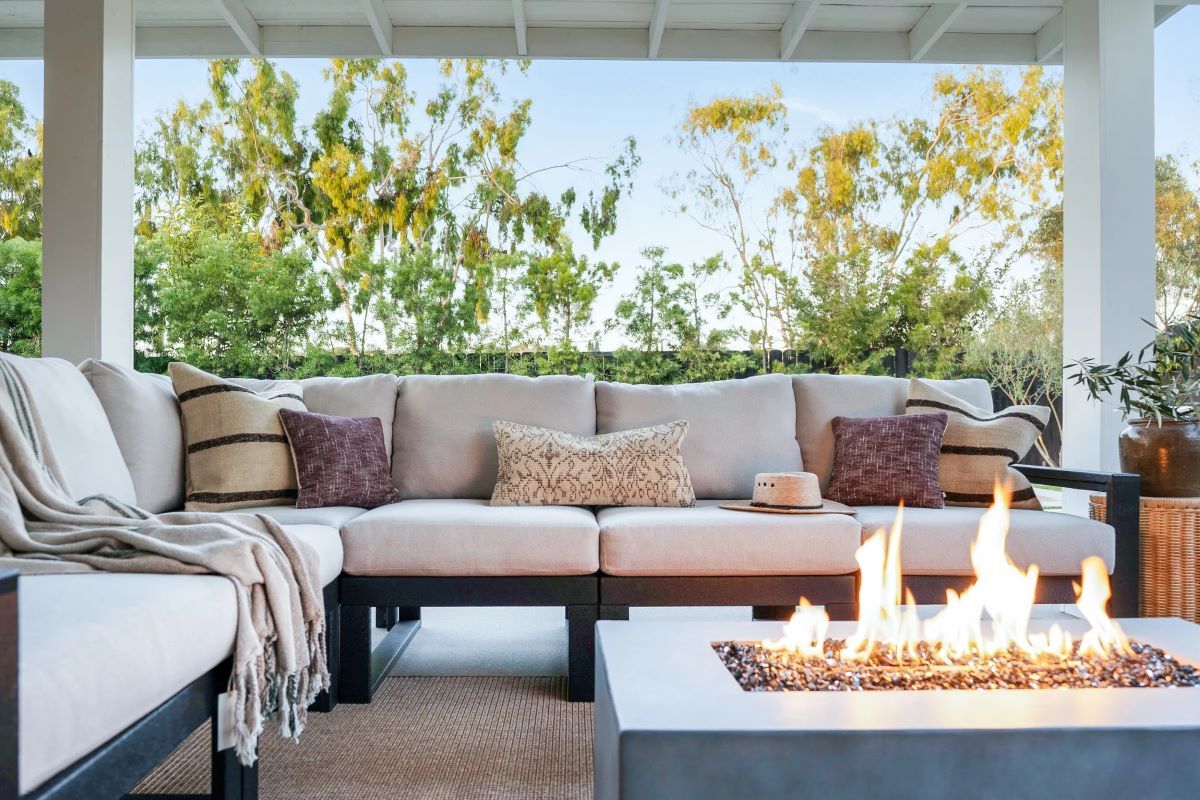


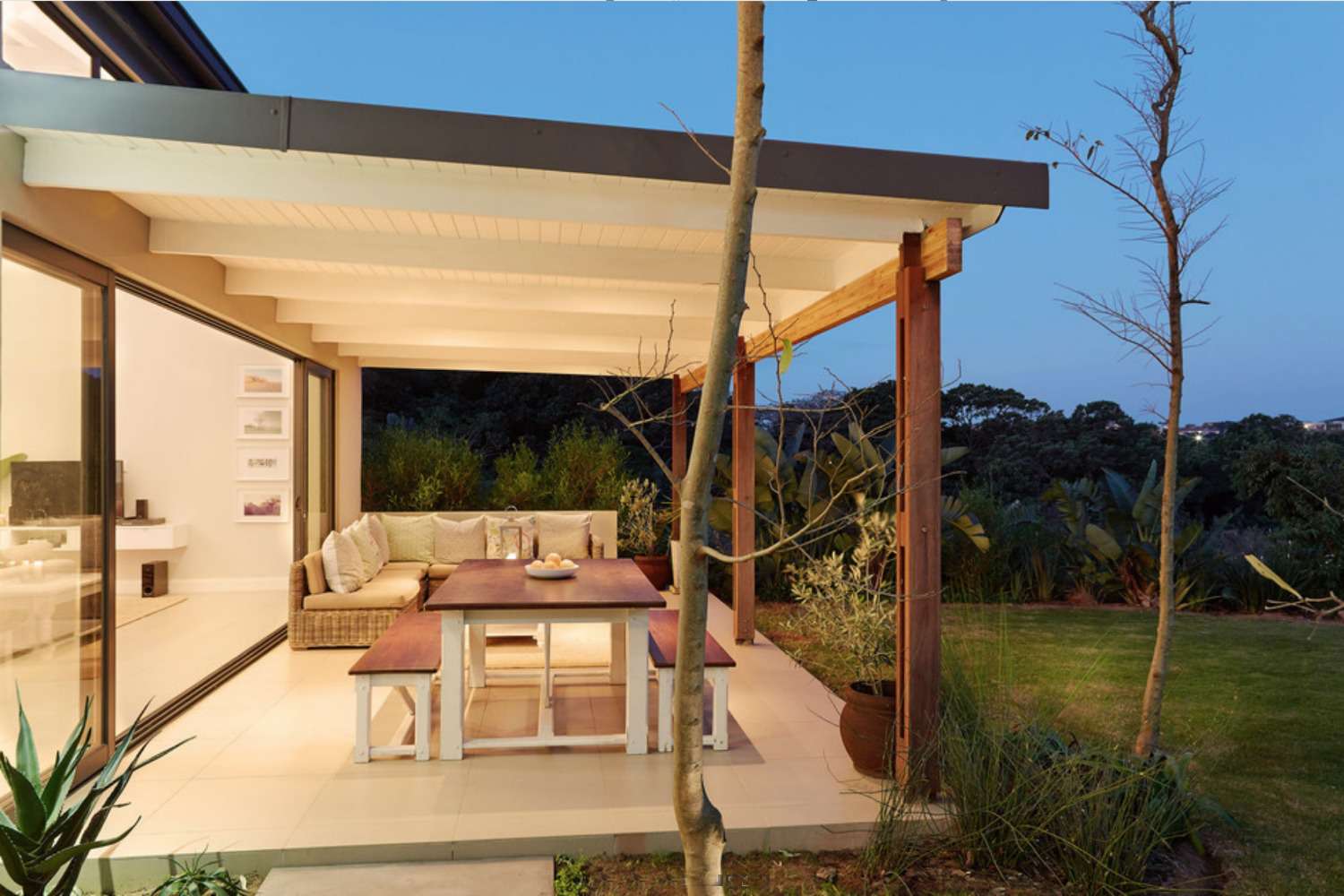

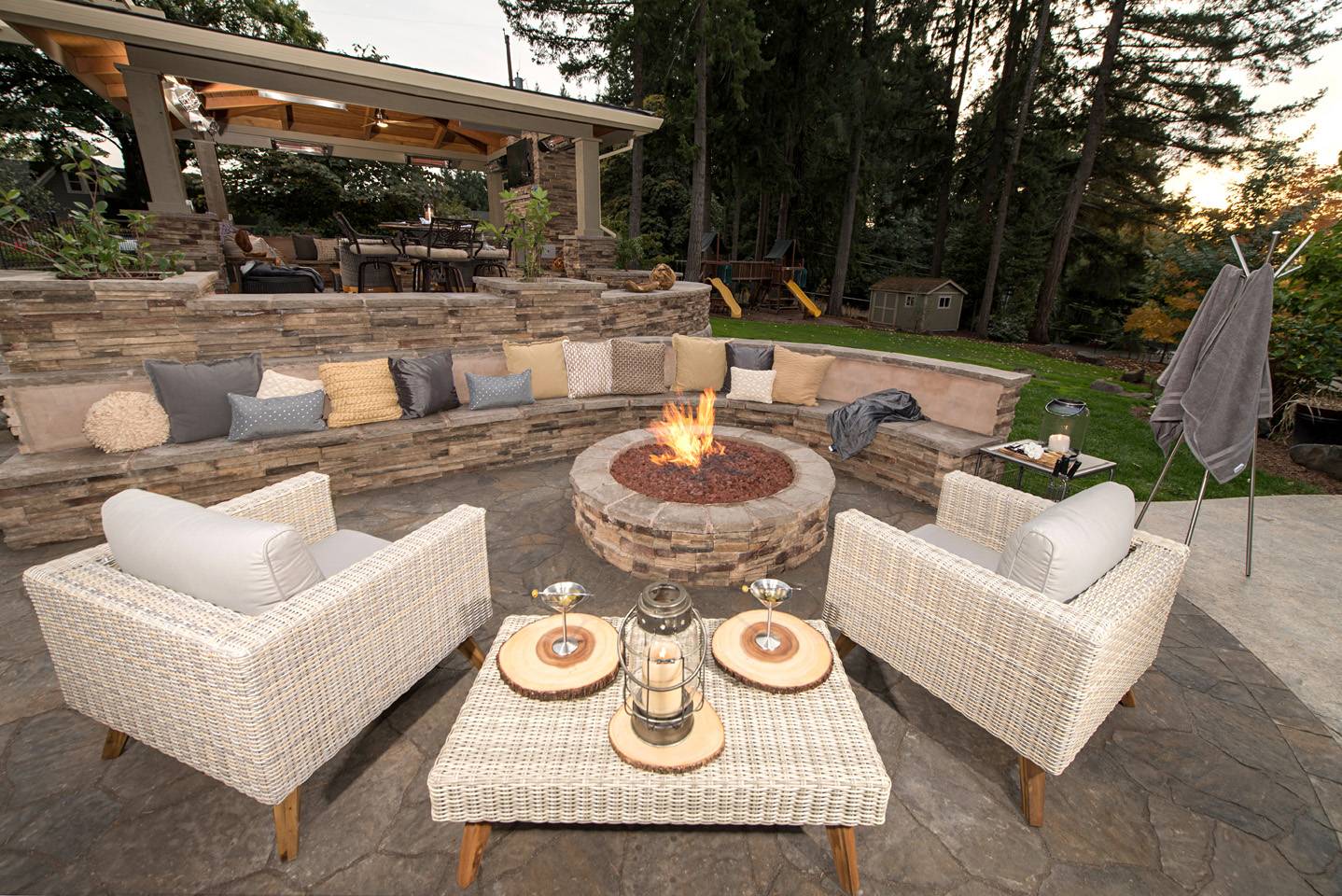
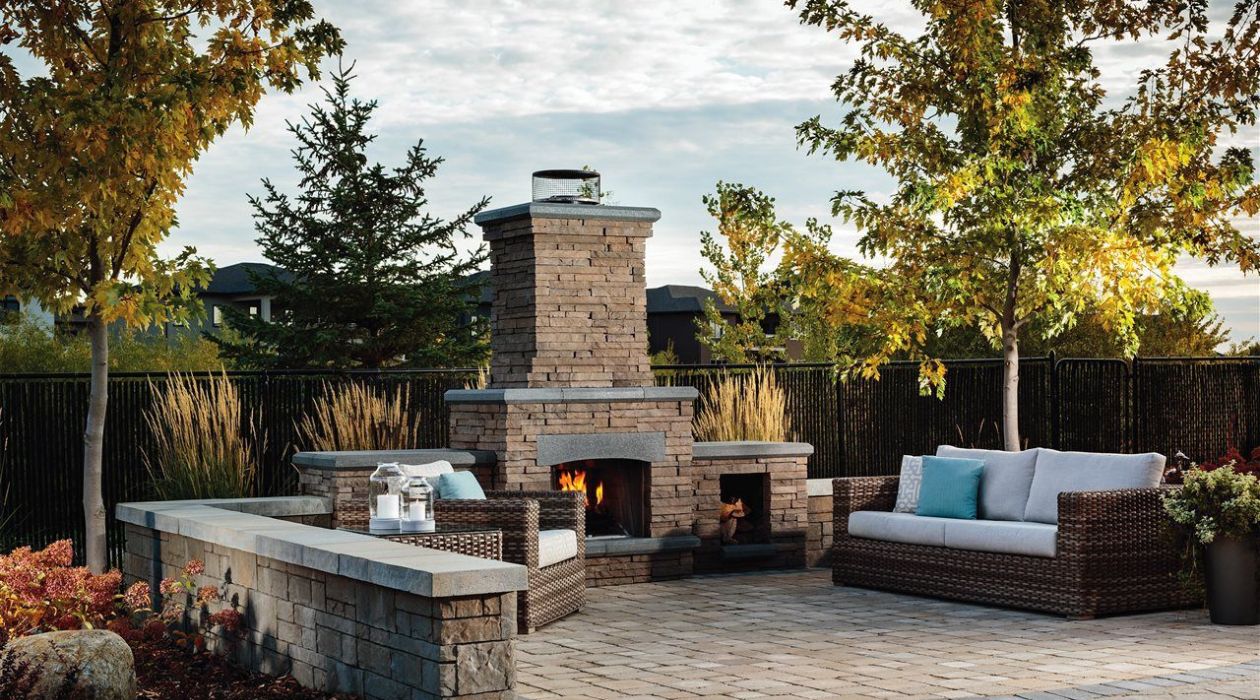

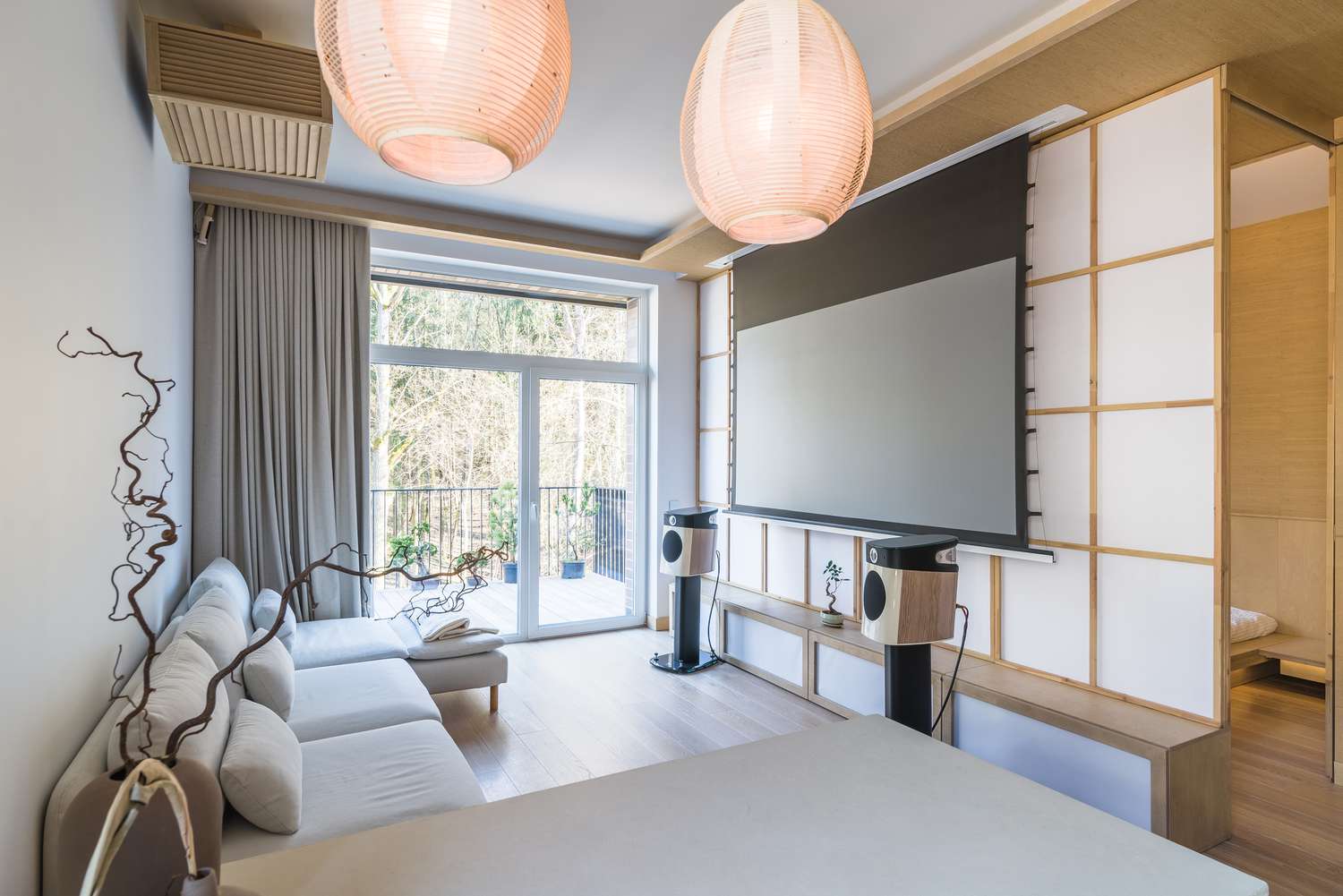

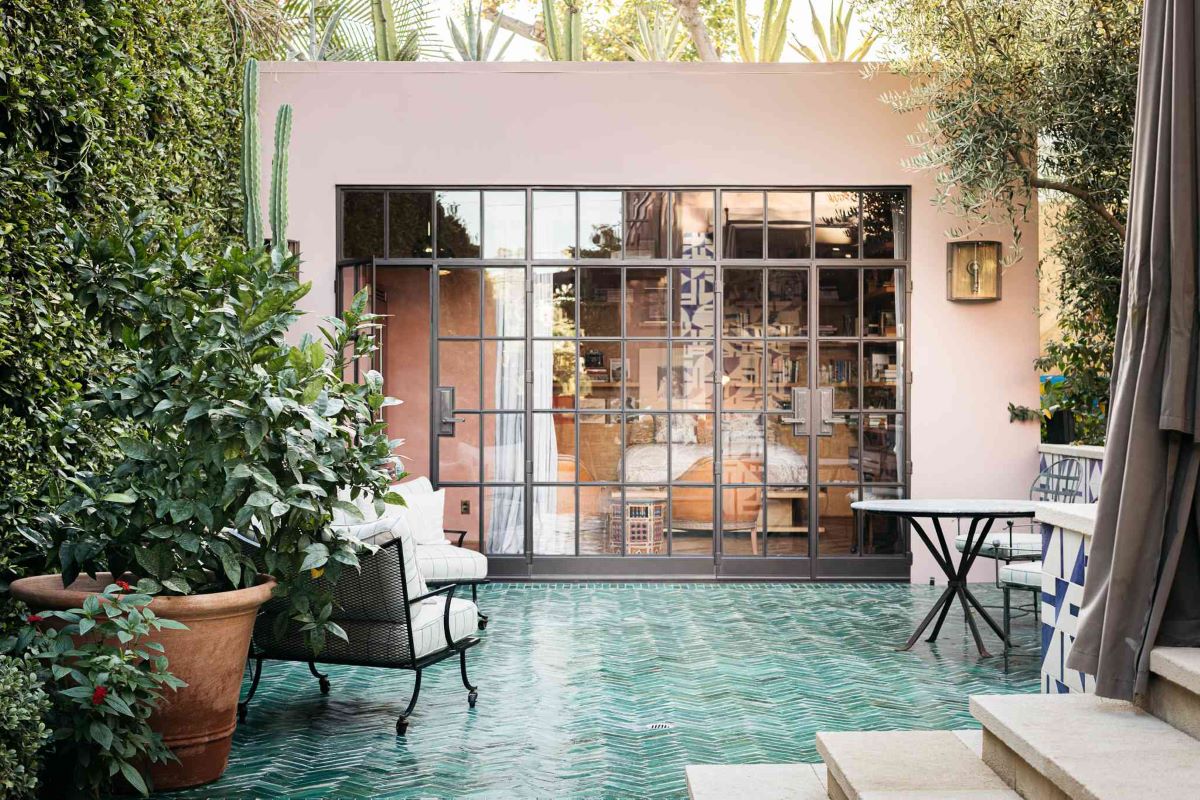

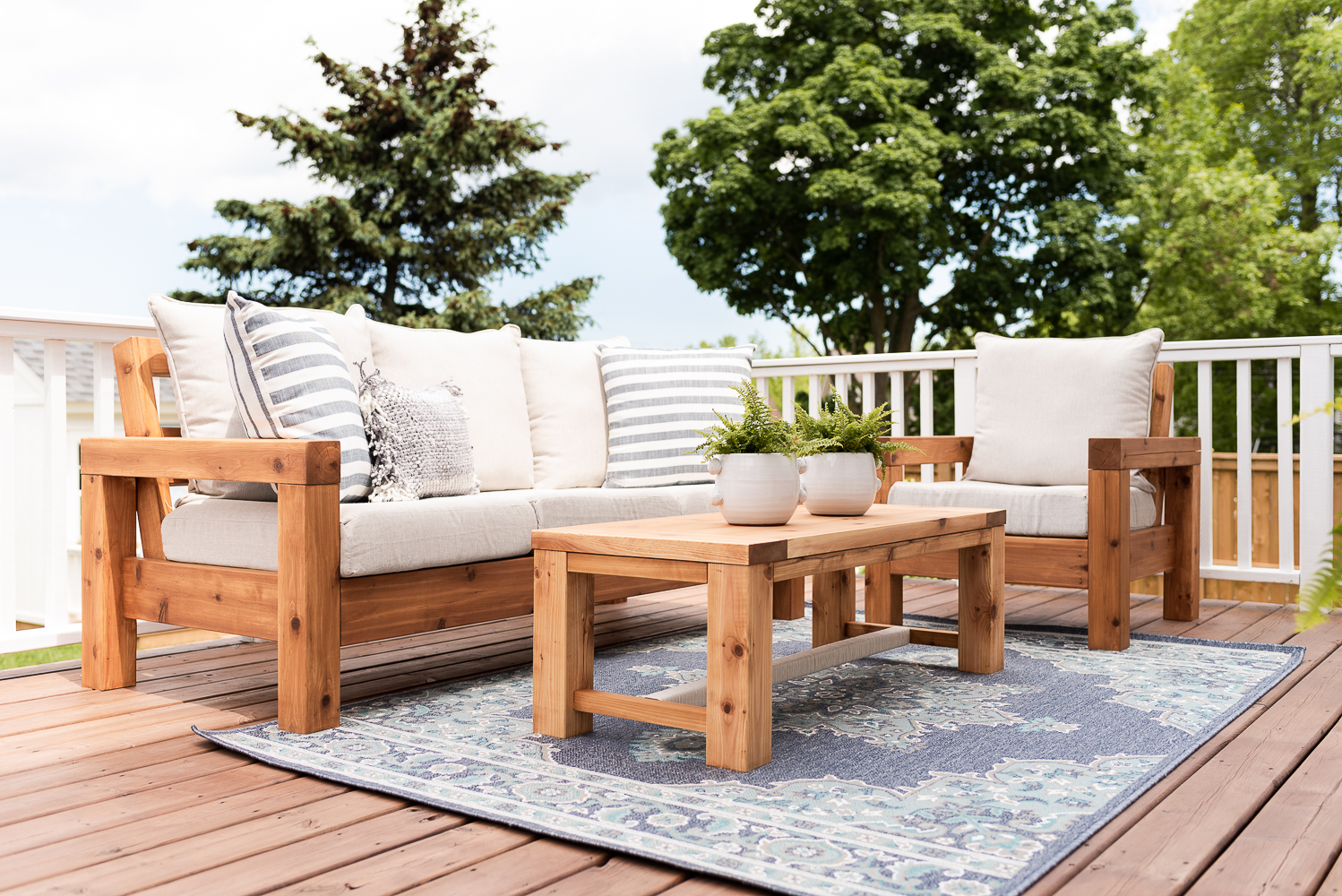

0 thoughts on “Outdoor Entertaining Spaces”